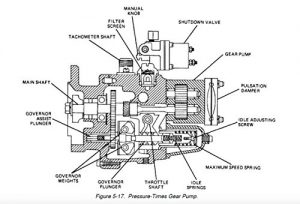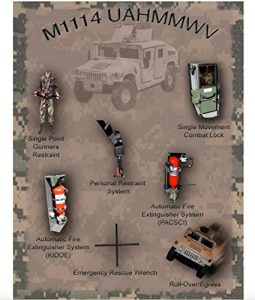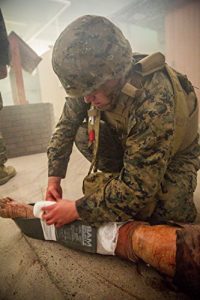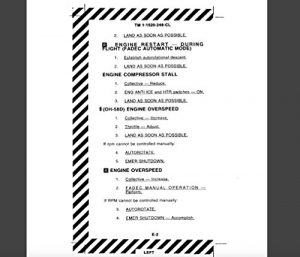Over 750 pages!
Usage. The manual is to be used to provide
basic descriptive information to the field and to service
and troop schools concerning the automotive vehicle and
how it works. It also contains information that makes it a
convenient reference manual. The information
contained within will be of particular interest to the
following:
a. Automotive maintenance personnel.
b. Maintenance supervisors.
c. Managers and supervisors responsible for
interpreting automotive-related data.
d. Maintenance trainers in units and schools.
e. Individuals preparing for skill qualification
tests.
Scope. This text explains the automotive
vehicle in general. The explanations avoid reference to
any specific vehicle or unit wherever possible. Because
existing publications cover operation and maintenance of
vehicles, these subjects have been omitted. The flow of
power is traced from its development in the engine to its
final outlet at the wheels, with the units discussed in the
order in which they contribute to the power flow. Diesel
and gasoline engines, except for their fuel systems, are
explained together, as are radial and in-line engines.
After the flow of power is traced to the wheels, those
chassis components, sometimes referred to as running
gear (i.e., steering system, brakes, wheels and tracks,
and frames), are explained; then hulls and bodies; and
finally such miscellaneous items as special equipment
and trailers.
Emphasis. Wheeled vehicles have been
emphasized for two reasons: first, the majority of tracked
vehicles employ special adaptation with the same
fundamental principles of wheeled vehicles; second,
instruction will be facilitated by the reference to wheeled
vehicles because most parts are more accessible and
more visible than on tracked vehicles. Again, to aid
instruction, the military vehicle has been correlated with
commercial vehicles that may be familiar to the student.
Usage. The manual is to be used to provide
basic descriptive information to the field and to service
and troop schools concerning the automotive vehicle and
how it works. It also contains information that makes it a
convenient reference manual. The information
contained within will be of particular interest to the
following:
a. Automotive maintenance personnel.
b. Maintenance supervisors.
c. Managers and supervisors responsible for
interpreting automotive-related data.
d. Maintenance trainers in units and schools.
e. Individuals preparing for skill qualification
tests.
Scope. This text explains the automotive
vehicle in general. The explanations avoid reference to
any specific vehicle or unit wherever possible. Because
existing publications cover operation and maintenance of
vehicles, these subjects have been omitted. The flow of
power is traced from its development in the engine to its
final outlet at the wheels, with the units discussed in the
order in which they contribute to the power flow. Diesel
and gasoline engines, except for their fuel systems, are
explained together, as are radial and in-line engines.
After the flow of power is traced to the wheels, those
chassis components, sometimes referred to as running
gear (i.e., steering system, brakes, wheels and tracks,
and frames), are explained; then hulls and bodies; and
finally such miscellaneous items as special equipment
and trailers.
Emphasis. Wheeled vehicles have been
emphasized for two reasons: first, the majority of tracked
vehicles employ special adaptation with the same
fundamental principles of wheeled vehicles; second,
instruction will be facilitated by the reference to wheeled
vehicles because most parts are more accessible and
more visible than on tracked vehicles. Again, to aid
instruction, the military vehicle has been correlated with
commercial vehicles that may be familiar to the student.












